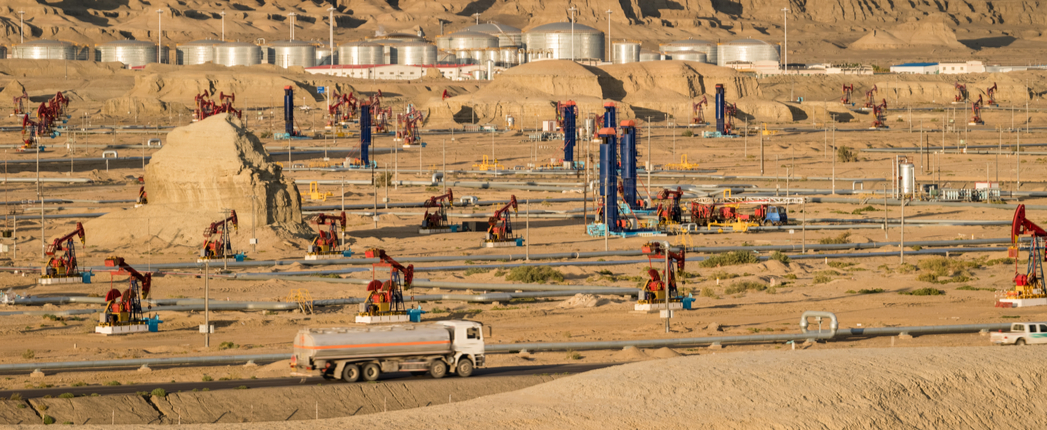
Chinese lube industry leaders called for edging out imported products at the 2021 China Inter Lubric held on June 7 in Shanghai, fearing that China’s growing tension with Western countries could cause supply chain issues.
“Over 85% of the additives demanded in China are imported,” said Zhao Zhenghua, senior engineer at China National Petroleum Corp.’s lube research and development center in Lanzhou, Gansu province. “This is an astonishingly high number. State-owned companies, like CNPC, must take [up] the duty to be a reliable additives supplier for the Chinese market.”
CNPC’s lubricant additives production was historically only for internal use, but the company started to commercialize the operation in 2017 to compete with multinationals in China, especially on additive packages. The company launched 72 new additives or packages in April this year, including ones for engine oils, hydraulic oils and marine oils.
“Most important, all of our additive suppliers are Chinese companies, which means we have control over our supply chain, and it will help us win over more clients,” Zhao said.
Yao Lidan, senior engineer at Sinopec research institute of petroleum processing in Beijing, agreed.
“Being able to source locally is definitely a trend in the grease sector,” Yao said. “A global supply chain could be fragile,” as it was in the COVID-19 pandemic that wreaked havoc on the manufacturing industry.
Yao said China needed to produce more greases with dropping points higher than 230 C, which account for only about 30% of the country’s total grease output each year.
“The output is much lower than the U.S. and the [European Union], which means we have a lot to do to catch up,” he said.
He cited aluminum complex grease as an example. Often used in the food industry, the grease saw China have 854 products approved by United States-based NSF International, compared with 9,930 in the U.S.
China paid about $120 million for 22,300 tons of imported greases in 2020, while earning less than $30 million for selling about 18,000 tons of greases abroad, according to Sinopec.
“The price gap showed we lack value-added greases, like” aluminum complex greases, Yao said.
His colleague Liu Zhengyu, senior engineer at Sinopec’s operation in Maoming, Guangdong province, said the company was beefing up its supply of poly alphaolefins through a new facility scheduled to begin operations in the third quarter of 2021.
“We aim to be a major [metallocene] PAO supplier in China,” Liu said, adding that the company believes its product is of sufficient quality to compete in the global market.
China has several suppliers producing PAOs with high viscosity, but it relies on such multinationals as Ineos and ExxonMobil for low-viscosity PAOs.
The PAO facility in Maoming is designed to have a capacity of 3,000t/y low viscosity mPAOs and 12,000t/y PAOs. It will use a proprietary metallocene oligomerization catalyst developed by the Shanghai operation of Chinese academy of science, and feedstock – coal-based long-chain alpha olefin – from Lu’an Group.
“We hope eventually China can source cost-saving, high-quality PAOs and mPAOs domestically,” Liu said.